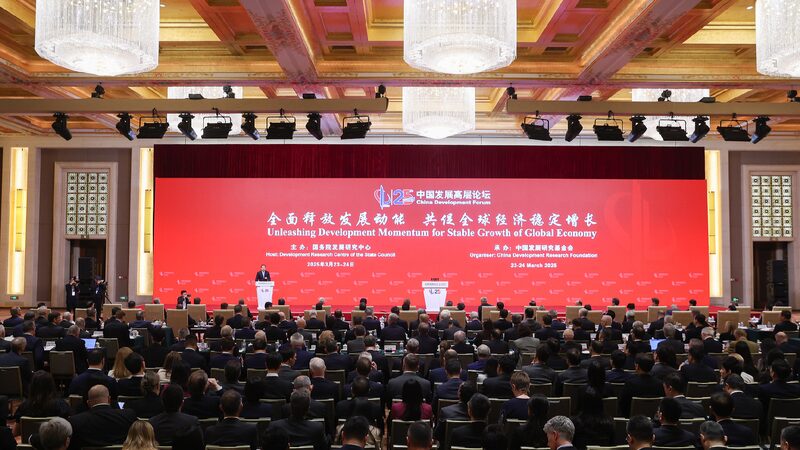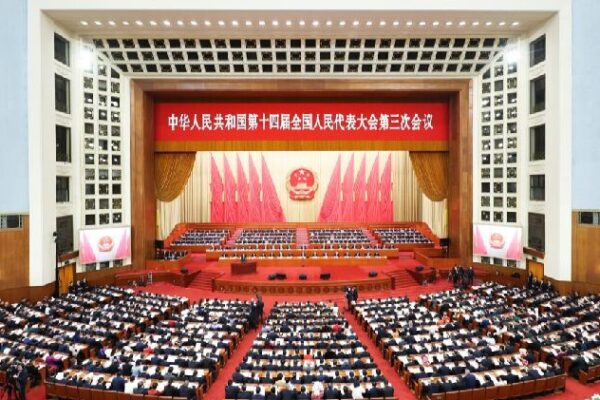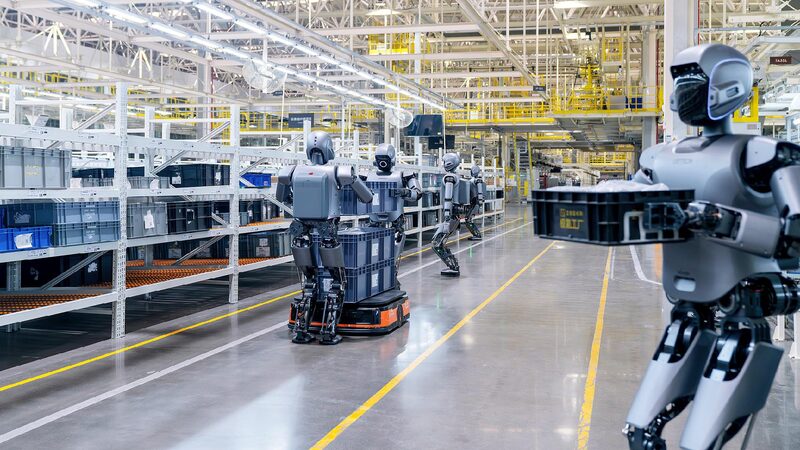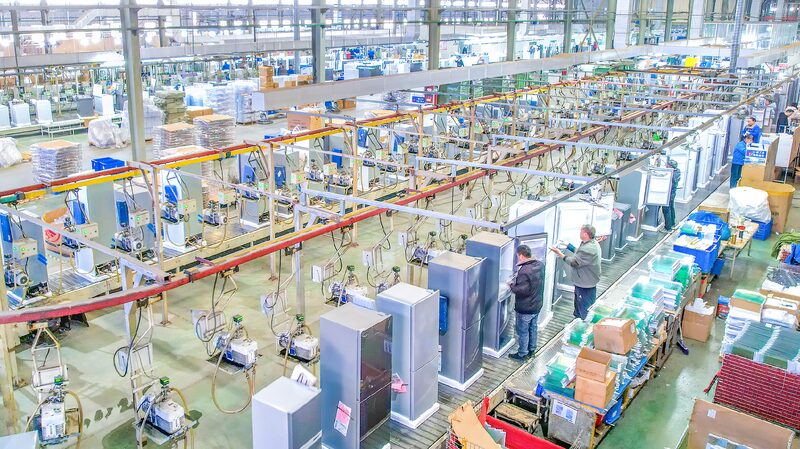Beijing, March 24—China is spearheading global economic growth through the deep integration of its real economy with the digital economy. At the China Development Forum 2025, held from March 23 to 24 under the theme “Unleashing Development Momentum for Global Economic Stability and Growth,” experts highlighted how emerging fields like artificial intelligence (AI) and industrial digitalization are driving high-quality development.
According to China’s latest government work report, the nation’s GDP grew by an impressive 5% in 2024, placing it among the top-performing major economies. The digital economy now accounts for around 10% of China’s GDP, laying a solid foundation for further growth and modernization.
Digital Economy Powers Growth
The List of 2024 Key Tasks for Building a Digital China emphasizes priorities like constructing a digital development foundation and leveraging digital empowerment for high-quality economic and social development. China’s digital economy has reached 53.9 trillion yuan ($7.44 trillion), according to the China Academy of Information and Communications Technology.
The fusion of digital technology with the real economy is transforming industries:
- Manufacturing: Over 7,000 “5G + Industrial Internet” projects have been launched, with 270 influential platforms developed. Intelligent manufacturing and industrial internet technologies are propelling China’s manufacturing sector toward smarter production.
- Agriculture: Digital agriculture is revitalizing rural economies. Technologies like drone-based crop protection and intelligent irrigation have boosted efficiency. In Heilongjiang Province, IoT and big data enable precision farming, increasing grain yields.
- Public Services: Digital government initiatives in regions like the Guangdong-Hong Kong-Macao Greater Bay Area are enhancing governance efficiency through cloud computing and blockchain technology.
AI Drives Innovation
China’s AI industry is valued at nearly 600 billion yuan ($83 billion), with 230 million users of generative AI products as of June 2024. AI integration across sectors is fostering new, high-quality productive forces:
- Healthcare: Companies like Tencent Miying and Ali Health utilize AI for medical imaging analysis, improving diagnostics and reducing errors. AI also accelerates drug discovery, shortening development cycles.
- Finance: Institutions such as the Industrial and Commercial Bank of China (ICBC) employ AI-powered analytics to optimize risk control and provide tailored financial solutions for small businesses.
- Education: AI-enhanced learning platforms offer personalized experiences. Ed-tech companies like TAL Education have developed systems that adapt to each student’s needs.
Transforming Traditional Industries
China boasts over 30,000 basic-level smart factories, marking success in intelligent manufacturing systems. Digital transformation is crucial for:
- Manufacturing: Automakers like BYD have built fully digitalized factories, optimizing production with 5G and AI.
- Service Industry: Smart retail and cashier-free stores are merging online and offline experiences. Platforms like Meituan enhance supply chain management with AI.
- Energy: State Grid Corporation of China leverages digital technologies for innovative grid initiatives, optimizing electricity dispatching and boosting renewable energy efficiency.
Global Impact
China’s integration of digital and real economies is not only fueling domestic growth but also contributing to global economic recovery. The strategies discussed at the China Development Forum 2025 offer valuable insights for economies worldwide seeking sustainable growth.
As digital technologies continue to evolve, China’s role in shaping the global economic landscape is set to expand, providing new solutions to shared challenges.
Reference(s):
cgtn.com








